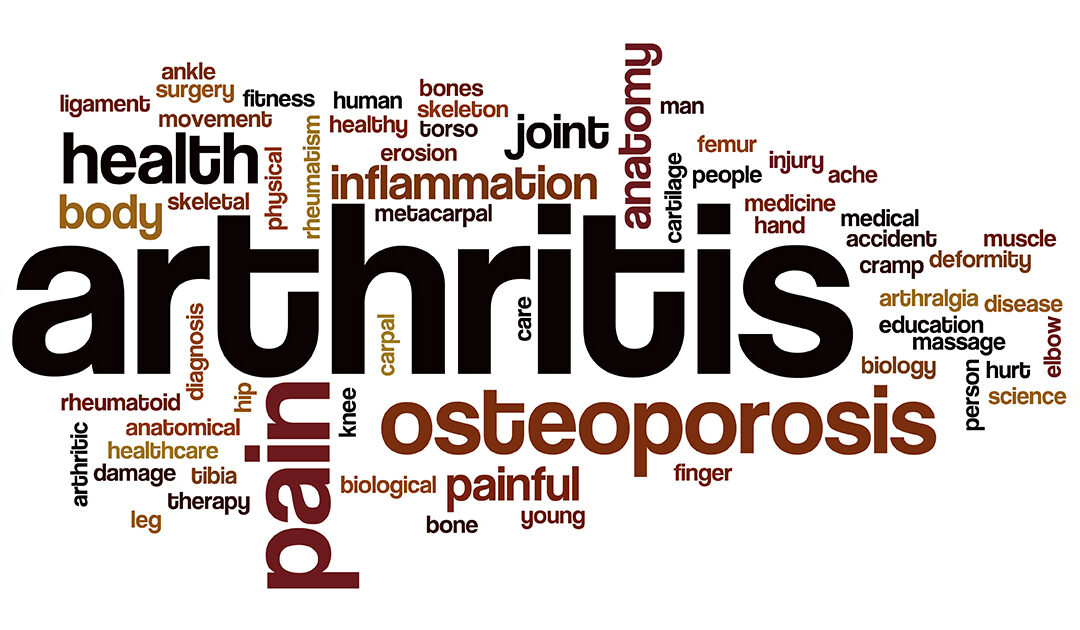
by Comprehensive Orthopaedics | Jan 3, 2024 | arthritis, Hand
Millions of people who live with the pain and stiffness of arthritis in their hands get steroid or hyaluronic acid injections directly into their finger joints in the hopes of feeling better. Now, a new review shows that even though these injections are widely...

by Comprehensive Orthopaedics | Nov 14, 2023 | arthritis
Millions of people who live with the pain and stiffness of arthritis in their hands get steroid or hyaluronic acid injections directly into their finger joints in the hopes of feeling better. Now, a new review shows that even though these injections are widely...

by Comprehensive Orthopaedics | Jun 7, 2023 | arthritis
Your achy joints may suggest that you take it easy. Don’t listen to them, experts say. If it hurts when you get up from a chair or climb stairs, you might have osteoarthritis. If so, it’s best to keep moving. “While the pain from osteoarthritis worsens with activity...

by Comprehensive Orthopaedics | Mar 14, 2023 | Anti-aging, arthritis, Knee
New research offers up some good news for diehard marathon runners: You don’t necessarily have to give up running if you are experiencing hip or knee pain. Contrary to widespread opinion, running marathons does not increase your risk for developing hip or knee...

by Comprehensive Orthopaedics | Dec 13, 2022 | Anti-aging, arthritis, Wellness
Olympic athletes aren’t like the rest of the population — but this time it’s in a far less positive way. Two new studies show that athletes who performed at the top of their sport have a higher risk of developing arthritis and joint pain in later...

by Comprehensive Orthopaedics | Nov 3, 2022 | Anti-aging, arthritis
For many people, it is possible to slow the loss of joint cartilage as they age and avoid surgery to boot. Certain steps can help with that, said one orthopedic surgeon from the Mayo Clinic in Rochester, Minn., who offered tips for maintaining joint health and also...






